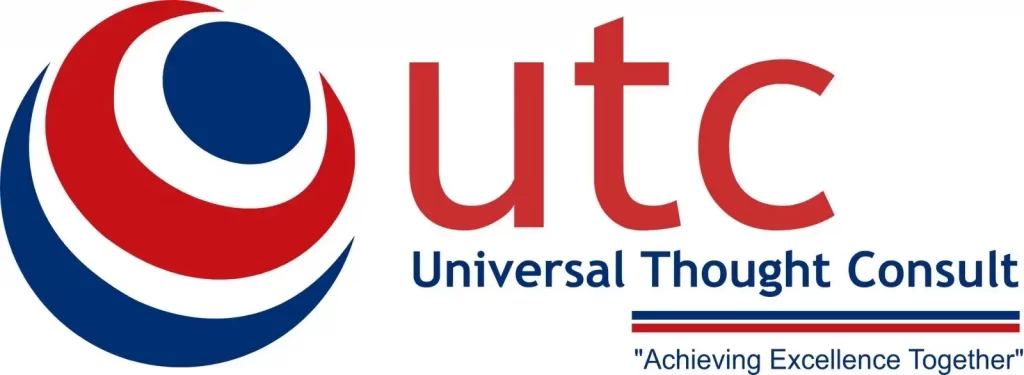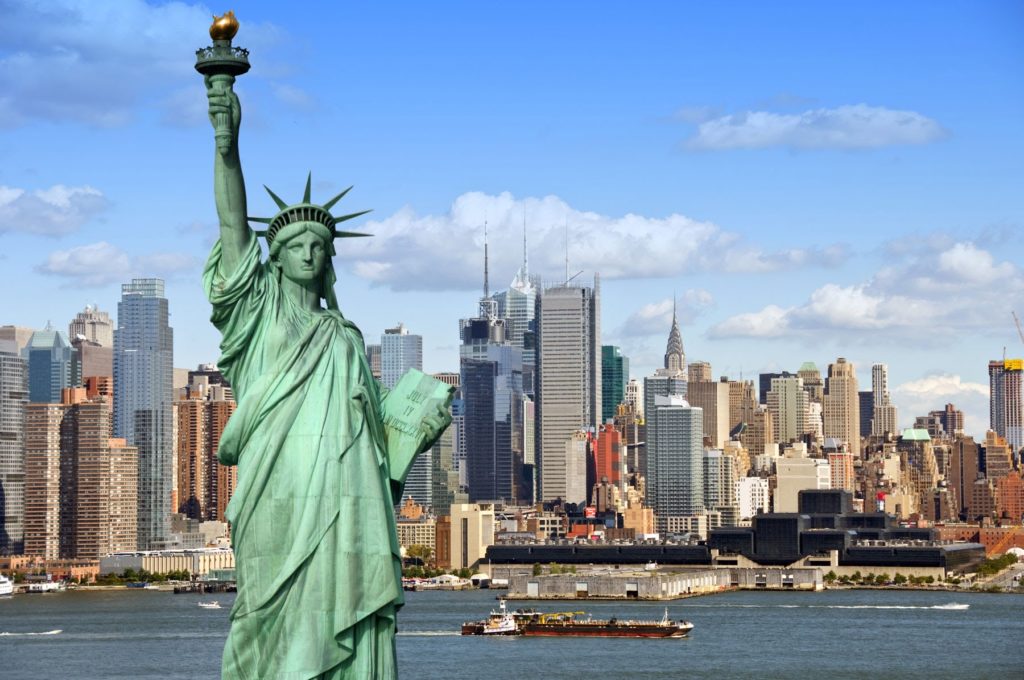USA
The USA has the world’s largest international student population, with more than 1,000,000 students choosing to broaden their education and life experience in the United States. Nearly 5% of all students enrolled in higher-level education in the USA are international students, and the numbers are growing. From the mid-1950’s, when international student enrollment was only just reaching 35,000, international education in the USA has come a long way.
- The most prestigious, top ranked education globally
- Safe, friendly and politically stable country that welcomes international students
- University campuses are clean and safe
- Academic freedom is one of the hallmarks of US universities
- Multicultural population making it a very dynamic and exciting place to be
- Different perspectives on instruction that better prepares students for the real world
- Many opportunities to join planned and informal activities with other students, such as hiking, skiing, museum visits, excursions to new cities, social outings, etc
- Exposure to some of the most up-to-date developments in technology, as the USA is a global leader in this area
- Part time work permit for international students
- Flexibility in the education system
.
US colleges are known worldwide for the quality of their facilities, resources, and faculty. One of the most distinctive features of US universities and colleges is the choice of courses within a single institution. More importantly, students can move between one institution and another with relative ease. It is common to complete the first two years of a degree at one institution, usually a community college and then transfer to another to complete the degree.
The system comprises of 12 years of primary and high school education, which is mandatory for getting admission in any graduate college, university, or for any professional and technical schools. It is not compulsory to complete these 12 years of elementary education within United States. Therefore students from overseas are also welcomed for higher education in the US.
US higher education starts with undergraduate courses. You can earn either a two-year associate degree or a four-year bachelor’s degree. Students often earn an associate degree first, and then study two more years to gain a bachelor’s (or baccalaureate) degree. Usually, a bachelor’s degree will be awarded by a university, whereas an associate degree may be earned either at a community college or university.
Undergraduate degrees (and some master’s degrees) are awarded after a student completes a pre-determined number of courses. A student is awarded credits for the courses he or she takes, and the degree is complete when the student completes the required number of credits. This means that although most students complete bachelor’s degrees in four years, some spend longer if they take part-time classes or take time off from school.
Graduate degrees, often known as master’s degrees, require at least two years at a university after you complete your bachelor’s degree. These are often termed “advanced professional degrees,” as they tend to be aimed at specific professions. Graduate degrees are career-advancing degrees in subjects such as medicine, law, and management. For example, a Master’s in Business Administration (MBA) is the standard business graduate degree. Doctorates (PhDs) usually take four years to complete, and are research-based.




